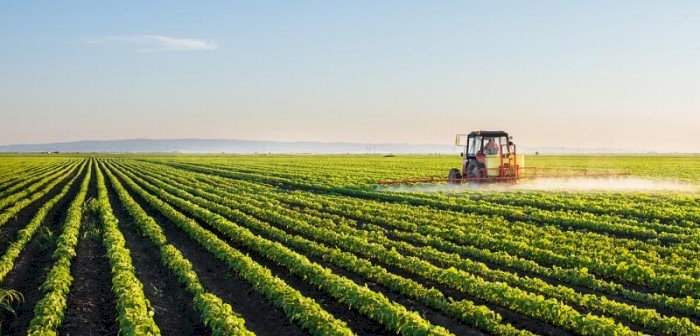How Technology facilitates the mobilisation of farmers?
Significant agricultural technical advances such as automation and robotics, livestock technology, modern greenhouse practices, precision farming, artificial intelligence, and blockchain make the change to modern agricultural practices.

Food-based businesses and their focus on agriculture go hand in hand. In a food corporation, the path from the farmer to the customer is key to guaranteeing consistency and flavour for the consumer while encouraging farmers. Once a farmer has signed an agreement to supply a specified quantity of an agricultural commodity, contract farming lays out the terms for the processing and marketing of farm products. Today, technology has allowed vendors to mobilise fishermen and farmers to distribute fresh goods right at the doorsteps of customers through vast numbers of coasts and farms worldwide. This has contributed to fast growth in online food platforms and demand. The change to new farming practices is made possible by significant technical advances in agriculture such as automation and robotics, livestock technologies, modern greenhouse practices, precision farming, and artificial intelligence, and blockchain.
We have seen corporations that have a double bottom line influence on profit production while still providing immense social and economic advantages, including direct and indirect job growth, empowerment of farmers, and positive social effects, which is the need for the hour. It helps Indian fishermen and farmers to market their goods more easily and with greater price recognition. Owing to strong customer stickiness and amazing unit economics, this attractive market potential has led to great investor interest. This means that this enterprise has tremendous promise and is witnessing fast growth.
The backbone of Food Trade
Farmers and fishermen, who feed the populace and often contribute to exports, are frequently underestimated. They also contribute to soil, water, and habitat protection, in addition to providing useful items. They protect green land and scenery as well. Therefore, they are the keystone of the food industry.
Conclusion
Thus, inspired farmers will concentrate more on better crops, fertilisers, and agricultural goods. What they really need when it comes to being profitable is a little handholding. Good use of technologies can cut down on intermediaries, and farmers and fishermen can reap direct income. This strategy leaves clients equally delighted as they get new products at cheaper costs.


 Local BangaloreTeam
Local BangaloreTeam 










